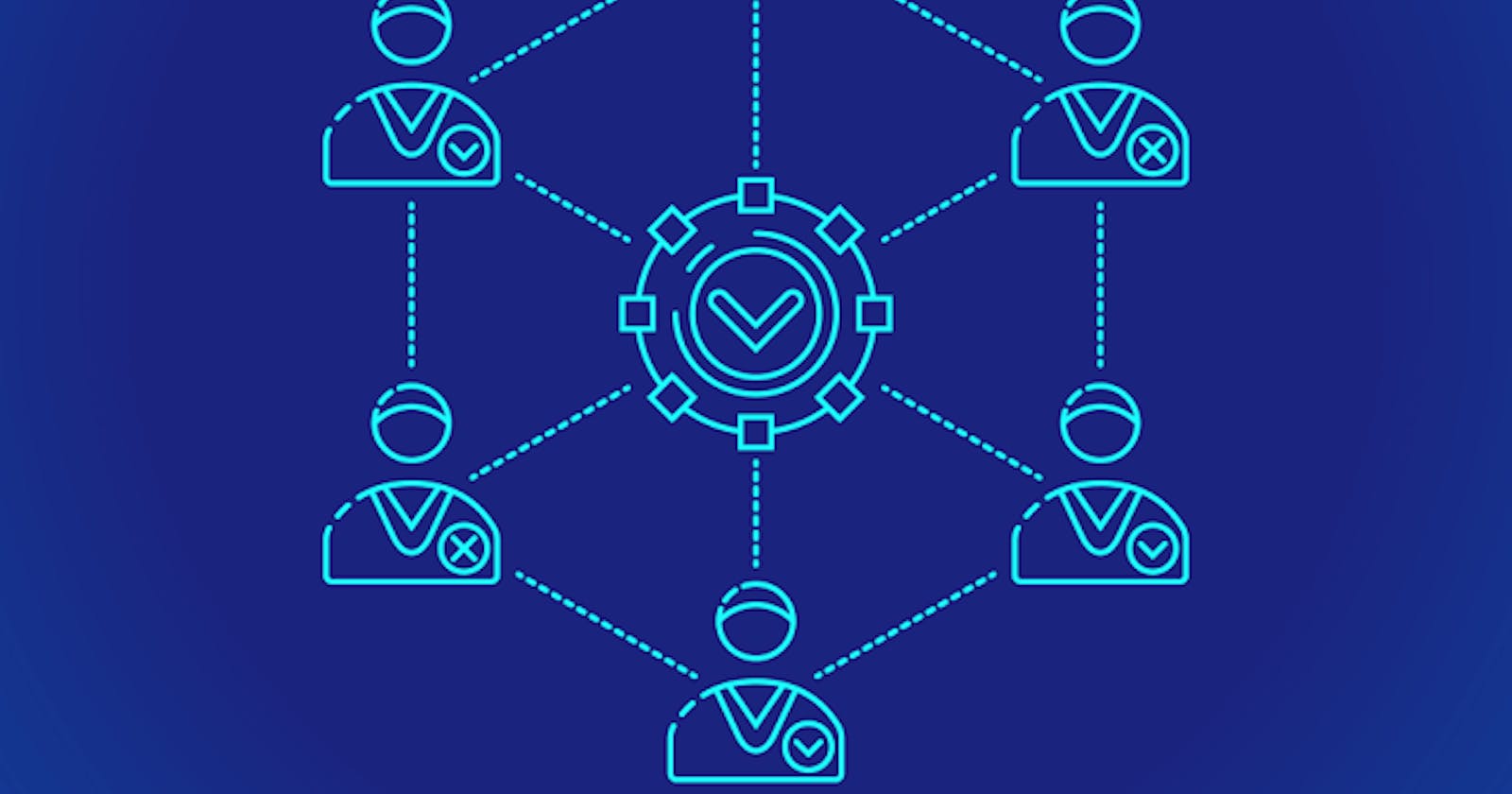The consensus mechanism of Blockchain
What is the consensus of Blockchain
Introduction
In this article, I will explaining the concept of consensus mechanism in blockchain. A consensus in literal terms simply means an agreement to do a particular thing. Or terms and conditions on which something must run.
What is a consensus mechanism in blockchain?
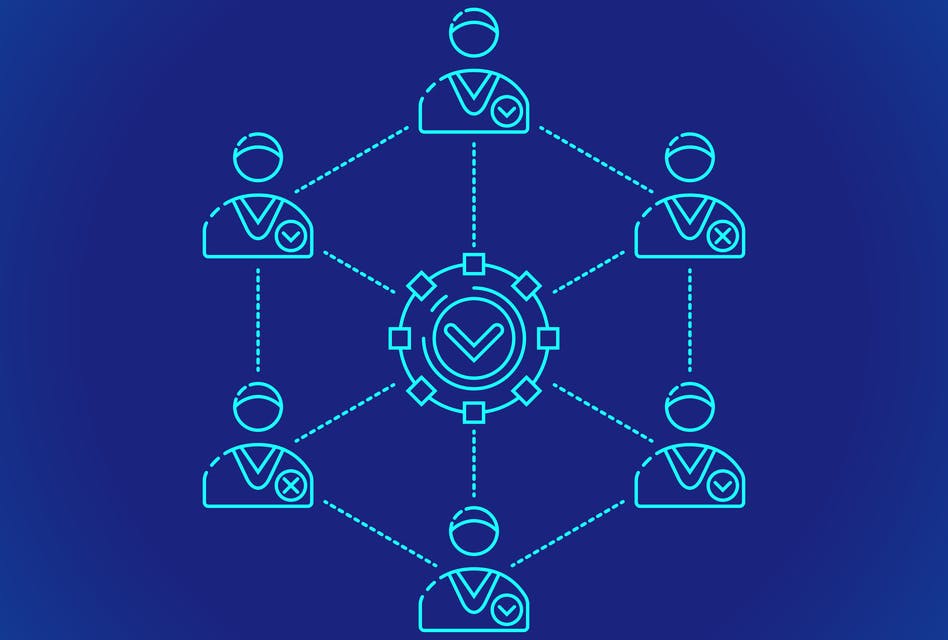
A consensus mechanism is simply a system that is used to reach the same agreements about blockchains state at a particular point in time in a specific point in time. Furthermore, it is an algorithm or way we can know the present state of blockchain at a specific point in time. it ensures that all nodes are harmonious and all transactions are authenticated and secured
Types of consensus algorithms we have been
- one proof of work
- proof of stake
- delegated proof of stake
- proof of authority
- proof of history
- proof of activity
Proof of Work
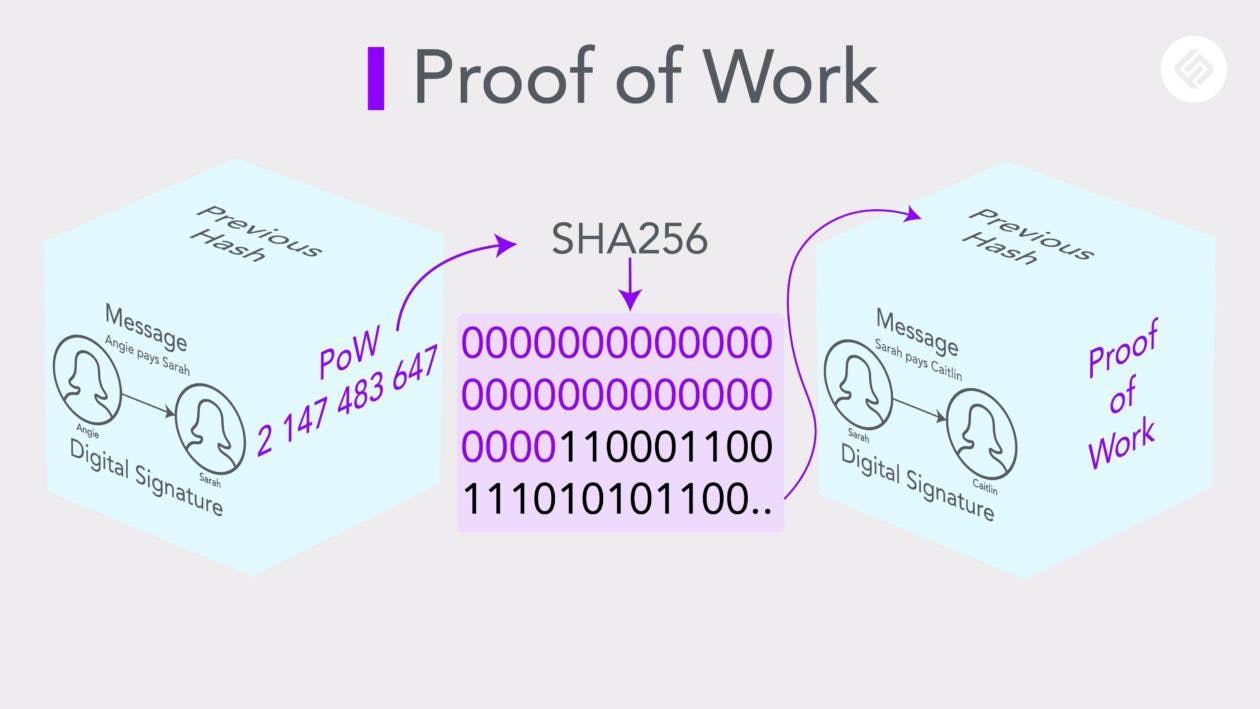 it is the earliest consensus mechanism of blockchain, used by the most popular crypto Bitcoin. it involves a network of participants spending time-solving an unpredicted mathematical puzzle to prevent the system from being compromised or hacked. It is employed to validate transactions and mine new tokens. Look at this analogy where a lot of treasures are locked in a box and a group of people has to come up with the code that to open it. Examples of organizations using this are
it is the earliest consensus mechanism of blockchain, used by the most popular crypto Bitcoin. it involves a network of participants spending time-solving an unpredicted mathematical puzzle to prevent the system from being compromised or hacked. It is employed to validate transactions and mine new tokens. Look at this analogy where a lot of treasures are locked in a box and a group of people has to come up with the code that to open it. Examples of organizations using this are
The problems
- The mathematical problems are complex and require high-powered equipment.
- The high-powered equipment requires so much energy.
- Environmental pollution due to energy consumption.
- 51% attack - There is a chance of a 51% attack on the blockchain.
Proof of stake
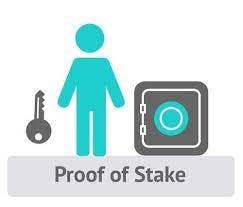 Unlike the problems of the proof of work, PoS reduces computational power. Coin owners offer their coins as collateral for a chance to become a validator. The Validators verify the transaction, and the coin owner has to stake about 32 ether to stand a chance e to be selected, as the selection is done randomly using an algorithm. blocks are validated by multiple validators and are closed when several validators agree.
Unlike the problems of the proof of work, PoS reduces computational power. Coin owners offer their coins as collateral for a chance to become a validator. The Validators verify the transaction, and the coin owner has to stake about 32 ether to stand a chance e to be selected, as the selection is done randomly using an algorithm. blocks are validated by multiple validators and are closed when several validators agree.
Proof of Burn
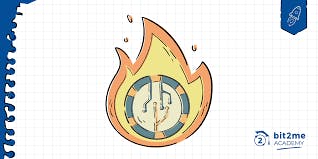 This is a method of obtaining rights to mine new blocks purposely and permanently by burning tokens. The more tokens burned the higher probability to be chosen as a validator. Uses lesser energy than the proof of Work.
This is a method of obtaining rights to mine new blocks purposely and permanently by burning tokens. The more tokens burned the higher probability to be chosen as a validator. Uses lesser energy than the proof of Work.
Proof of History
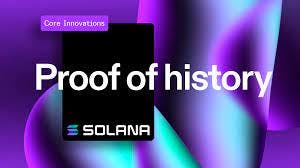
This is the most commonly associated with the Solana network. It is based on a built-in historical record that certifies the precise time each on-chain event takes place.
Proof of Activity

Proof of Activity is a protocol combination of Proof of Work and Proof of Stake allowing users to mine and stake tokens to validate blocks. Miners compete to give new blocks for token incentives. blocks don't contain transactions.
Proof of Authority

Proof of Authority is a consensus mechanism that basis on reputation. Here validators stake their reputation. Thereby limiting the amount of validators.
Conclusion
In order to tell whether a consensus mechanism is a good candidate for your blockchain application, you must consider the following factors-
Safety:
All the nodes should produce the outcome following the protocol.
It should be participatory:
All the nodes must be able to participate and contribute.
- It should be Inclusive:
The consensus mechanism should involve every participant votes.
- It should provide equal Opportunities:
Every vote acquired should be given equal opportunity by the mechanism chosen.
If you liked this article please follow me on Hashnode for my latest articles. I'm tweeting my journey on Twitter daily, this way to my LinkedIn . Hasnode
I share my knowledge on,
- 🌐 Web Development
- ✍️ Content Creation
- 💼 Career Development
- 🦾Personal Growth
- BlockChain
- And more!
Happy reading!

